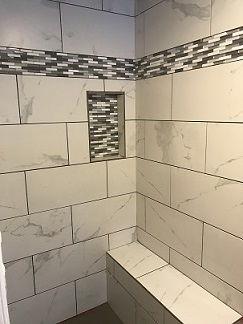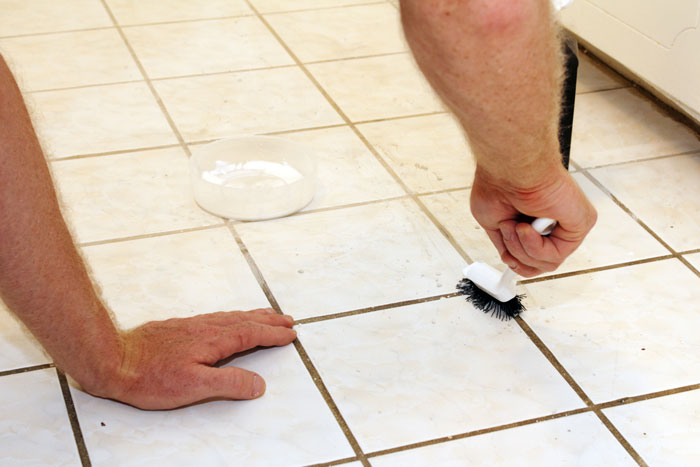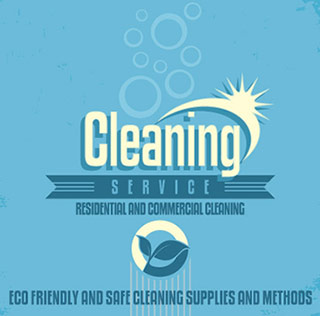Though it’s one of the most durable options for flooring, showers, and bathroom walls, tile can nevertheless deteriorate over time due to several factors. As it ages, tile takes a beating from use and exposure and loses its shine and beauty. When your tile starts to get so dirty that you’re not sure what the original pattern might have been, something needs to be done, whether you decide to replace or restore it. Professional tile and grout cleaning services can often restore your tile and prolong the life of your tile.
Restoration vs. Replacement
For many homeowners, replacing dirty, dingy, or damaged tile usually appears to be the only option, especially if you’ve tried everything at home to remove the stains and restore the original look. But that’s not the only alternative. You might be amazed by what a grout cleaning and tile transformation expert from Scrubby Corp can do to give your tile the shine it lacks. Tile won’t last forever, though. There will come a time when there’s no other option but to rip it out and put in a new design. As you know, replacing tile can be an expensive, time-consuming project. It’s not something you want to do if restoration is a viable option.
Time to Restore
Restoration is typically going to be the more affordable choice. Very often, it’s better to call in professional cleaners rather than purchase all-new tile. It might be time for a restoration if any of the following applies to your tile:
- Small Chips or Holes: Most small chips and holes can be easily repaired, but they should be attended to immediately. In the same way a small nick in the windshield can turn into a large crack, a small chip in tile can develop into unrepairable damage. An experienced tile and grout restoration company will fix this problem in no time, and you probably won’t be able to tell the difference.
- Crumbling Grout: When your grout begins to crumble, collect water, and scratch, it’s time to call in the restoration experts. Damaged grout can start a chain reaction that will lead to cracks and breakage. Grout can easily be replaced or repaired without having to remove the tiles, so you can keep your tile looking great for a longer time.
- Lack of Shine: When the color of your tile begins to dull and fade, that’s a pretty sure sign that it needs a facelift. Practiced tile restoration experts can restore the shine and bright color with ease.
- Stains: Though tile is one of the more durable and stain-resistant flooring options, it’s not impervious to stains. When that happens, what you may need is someone with the skills and specialized cleaning supplies to lift the stain right off.
- Dingy Grout: Sometimes gunk and grime can get into the grooves between the tiles, packing in the dirt and making it seem impossible to clean. Restoration techniques are key for bringing the life back into the grout and keeping it from molding and eroding from the presence of dirt and moisture.
- Water Invasion: Though grout is designed to keep water out of the grooves, it can still get in if the seal breaks or the tile was improperly installed. This will lead to mold and fungal growth that can be dangerous to your health. During the restoration process, the grout can be replaced and sealed in order to keep water out. It should also be sealed regularly. This is especially important for tile used in showers and on bathroom floors.
Time to Replace
Sometimes tile will be beyond repair, and you’ll have to turn to a professional for replacement. Here are just a few of the reasons you might want to replace your tile:
- Loose Tile: As soon as you notice that a tile is loose it’s best to have it switched out as soon as possible. Otherwise, the tile will likely crack and break sooner or later. It can also pose a safety hazard, particularly for pets and small children. A loose tile is also a possible sign of structural issues that may need to be addressed.
- Broken or Cracked Tile: Broken tile will also need to be replaced. Though there are some online tutorials and suggestions for covering up a crack or filling in a missing section of tile, these fixes rarely last, and they’ll alter the classic look of your tile. It’s best to replace broken tiles instead of trying to fix or restore them.
- Missing Tile: Obviously, you’ll need to replace missing tiles. This might be an opportunity to redo your entire floor with something new, especially if you can’t find more samples of the original style.
- Plentiful Cracks and Chips: Restoration does wonders for small cracks and chips, but if there are too many of them, the repairs won’t blend in, which will destroy the look. It’s best to replace tiles when they’re this badly damaged.
- Wrong Design: Designs are constantly evolving, and your tile from ten years ago may not fit with today’s styles. It’s essential that your flooring matches the design of your room and satisfies your personal taste. If you don’t feel satisfied with the way your tile currently looks, a new design is probably in order.
- Poor Installation: Whether you had an amateur contractor install your tile or you tried to do it yourself, poor installation will always require a replacement. There’s nothing restoration techniques can do for misaligned and imbalanced tile. These kinds of mistakes will inevitably evolve and potentially result in damaged tile. It’s always a good idea to have a certified tile expert install your tile for you.
Whether you decide to replace or restore your tile, the best method for ensuring satisfaction with your choice is to hire an experienced professional to take care of the installation and repairs for you. We at Scrubby Corp are the grout cleaning and tile transformation experts you need to get the job done right.



